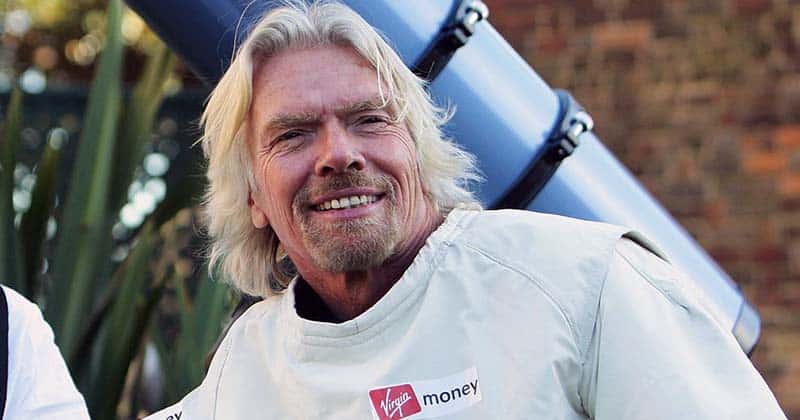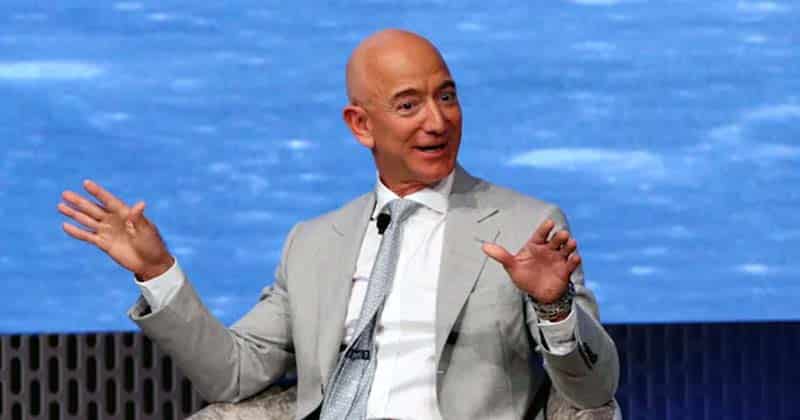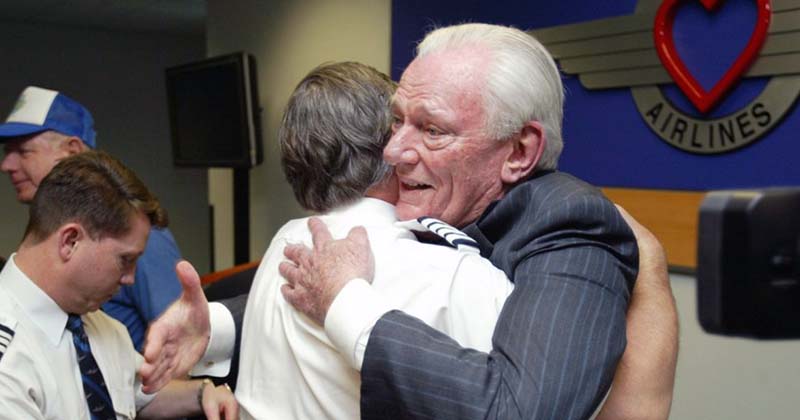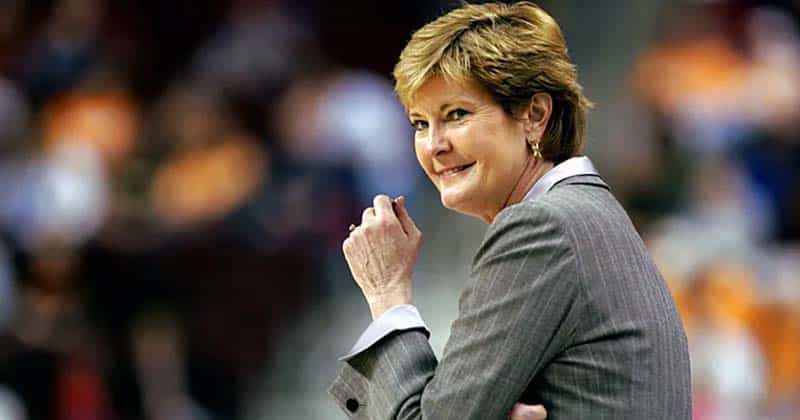If you’re managing well, you won’t have just one management style. You’ll mix and match to engage your team and meet your goals. Look over these eight style types to see what you’re doing right—and what you might be missing.
There is a time and place for all management styles. No style is good or bad. It’s how managers use them that determines success or failure.
Best Management Styles to Choose From
Consider the eight management styles outlined here and the real-world managers and leaders who exemplify them. If you are aware of these different ways of managing, you can adapt your style to the circumstances and advance your intended goals. How do you decide which styles to employ? Read, reflect, and go experiment.
1. Charismatic

THE ICON: OPRAH WINFREY
Known all over the word by her first name alone, picks a book to read and makes it a bestseller overnight, runs her own television network, and has many millions of Twitter followers. Her word can move the stock market and social issues for the better.
BEHAVIORS
- Influences others through power of personality
- Acts energetically, motivating others to move forward
- Inspires passion
- May seem to believe more in self than in the team
WHEN TO USE IT
- To spur others to action
- To expand an organization’s position in the marketplace
- To raise team morale
IMPACT ON OTHERS
- Can create risk that a project or group will flounder if manager leaves
- Manager’s feeling of invincibility can ruin a team by taking on too much risk
- Team success seen as directly connected to the manager’s presence
2. Innovative

THE ICON: RICHARD BRANSON
Launched his first business at 16, founder of Virgin Group, comprising more than 400 companies in fields ranging from music to space tourism. He described his philosophy to Inc. magazine: “Dream big by setting yourself seemingly impossible challenges. You then have to catch up with them.”
BEHAVIORS
- Grasps the entire situation and goes beyond the usual course of action
- Can see what is not working and brings new thinking and action into play
WHEN TO USE IT
- To break open entrenched, intractable issues
- To create a work climate for others to apply innovative thinking to solve problems, develop new products and services
IMPACT ON OTHERS
- Risk taking is increased for all
- Failures don’t impede progress
- Team gains job satisfaction and enjoyment
- Atmosphere of respect for others’ ideas is present
| Leadership in Management |
| “My best leadership moments have all occurred when I realized I did not have to lead anymore. Leadership is not always about being in front. Sometimes, it is about being comfortable enough in your skin to lead from the rear and let others shine.”—Velma Hart, FASAE, CAE, chief financial officer, Thurgood Marshall College Fund “The best leadership moments are the ones that I don’t know about. They happen when someone on the staff or volunteer team makes the right decision that solves a problem, or delights a member, or inspires an idea, or advances our mission. The ultimate measure of a leader is what happens in your absence.”—Gary A. LaBranche, FASAE, CAE, president and CEO, Association for Corporate Growth “What comes naturally to me is the desire to connect ideas, experiences, stories, efforts, and people. Sharing relevant information at opportune times in ways that enhance outcomes is energizing. Communication skills, timing, including all stakeholders, and ego-free interactions are keys to successful leadership.”—Susan Gorin, CAE, executive director, National Association of School Psychologists |
3. Command and Control

THE ICON: TOM COUGHLIN
Controversial head coach of the New York Giants, a stern taskmaster and disciplinarian who learned to adapt his management style to improve his relationships with his team but never lost sight of his goal: winning Super Bowls.
BEHAVIORS
- Follows the rules and expects others to do the same
WHEN TO USE IT
- In situations of real urgency with no time for discussion
- When safety is at stake
- In critical situations involving financial, legal, or HR issues
- In meeting inflexible deadlines
- Demands immediate compliance
- Engages in top-down interactions
- Is the sole decision maker
IMPACT ON OTHERS
- If used too much, feels restrictive and limits others’ ability to develop their own management skills
- Others have little chance to debrief what was learned before next encounter with manager
4. Laissez-Faire

THE ICON: DONNA KARAN
Founder of DKNY, built an international fashion empire based on wide appeal to both women and men. Although she has spent less time creating her own designs since 2002, her vision lives on in the work of other designers, inspired by her leadership.
BEHAVIORS
- Knows what is happening but not directly involved in it
- Trusts others to keep their word
- Monitors performance, gives feedback regularly
WHEN TO USE IT
- When the team is working in multiple locations or remotely
- When a project, under multiple leaders, must come together by a specific date
- To get quick results from a highly cohesive team
IMPACT ON OTHERS
- Effective when team is skilled, experienced, and self-directed in use of time and resources
- Autonomy of team members leads to high job satisfaction and increased productivity
5. Pace Setter

THE ICON: JEFF BEZOS
Founder of Amazon, set the pace for the boom in e-commerce by creating a transactional interface that every other online merchant copied—the same people who are now following him to the cloud.
BEHAVIORS
- Sets high performance standards for self and the group
- Epitomizes the behavior sought from others
WHEN TO USE IT
- When staff are self-motivated and highly skilled, able to embrace new projects and move with speed
- When action is key and results are critical
IMPACT ON OTHERS
- Cannot be sustained too long, as staff may “burn out” from demanding pace
- Results delivered at a speed staff can’t always keep up with
6. Servant

THE ICON: HERB KELLEHER
Cofounder and former CEO of Southwest Airlines, famously said “the business of business is people” and created a company culture that reflects that philosophy. He once took an interior office with no windows rather than encourage the traditional view of an office as a status symbol.
BEHAVIORS
- Puts service to others before self-interest
- Includes the whole team in decision making
- Provides tools to get the job done
- Stays out of limelight, lets team accept credit for results
WHEN TO USE IT
- When leader is elected to a team, organization, committee, or community
- When anyone, at any level of the group, meets the needs of the team
IMPACT ON OTHERS
- Organizations with these leaders often seen on “best places to work” list
- Can create a positive culture and lead to high morale
- Ill-suited if situation calls for quick decisions or meeting tight deadlines
7. Situational

THE ICON: PAT SUMMITT
Former head coach of the University of Tennessee women’s basketball team, holds the record as the all-time winningest coach in NCAA history. Even as new players joined her team each year, she maintained a winning record (more than 1,000 victories and eight national championships over 38 years) by adapting her coaching to her young players’ skills and needs.
BEHAVIORS
- Links behavior with group’s readiness
- Includes being directing and supportive, while empowering and coaching
WHEN TO USE IT
- Where ongoing procedures need refinement, reinvention, or retirement
IMPACT ON OTHERS
- Can be confusing if behavior changes unpredictably and too often
- Can reduce uncertainty as leader adapts behavior appropriately
8. Transformational

THE ICONS: BEN COHEN AND JERRY GREENFIELD
Turned a $12,000 investment and a correspondence course on ice cream making into a beloved international treat. They adopted a radical business philosophy dedicated to social responsibility and created a business model that allowed members of their customer community to become stockholders.
BEHAVIORS
- Expects team to transform even when it’s uncomfortable
- Counts on everyone giving their best
- Serves as a role model for all involved
WHEN TO USE IT
- To encourage the group to pursue innovative and creative ideas and actions
- To motivate the group by strengthening team optimism, enthusiasm, and commitment
IMPACT ON OTHERS
- Can lead to high productivity and engagement from all team members
- Team needs detailed-oriented people to ensure scheduled work is done.
You Can Learn Leadership in Management
There is no such thing as a born leader. Leadership is an acquired attribute that begins early in school and on the playground. Some children develop take-charge attitudes, some make friends fast, while others are happy just to make the team. As time goes on, education, jobs, and life experiences shape a leader’s philosophy and psychology.
How best to get the job done and work with others? How to set goals and objectives and manage their results? The answers to these questions become a manager’s winning formula for success.
No matter what domain you’re in, you’re going to work with teams of people. One of the fundamental points I always stress is that your consideration for the individuals involved has to be higher than your focus on the task to be done.
Ron Williams
But over time, a manager may find that her winning formula is not producing the results it used to. New challenges require new management skills, behaviors, and ways of communicating. It’s time for her to unlearn her familiar management approach, recognize her limitations, and adapt her style to become the manager she needs to be.
Louis R. Mobley, the director of IBM’s executive school in the 1950s and 1960s, first alerted executives to the need to “wake up” to the comfortable parameters they worked in so they could better “feel” their leadership and management potential. His lessons still apply today.
Mobley taught that leadership in management is based in experience and habit, not intellect, noting that success comes 20 percent from knowledge and 80 percent from behavior. For Mobley, waking up to leadership meant being responsible for one’s impact on others. He pushed for a “radical revolution in consciousness,” believing that great leaders don’t know different things from everyone else, but they think in utterly different ways. Leadership in management lives in how we think, not what we think.
Change Example: Football Coach Tom Coughlin
Take the case of New York Giants Head Coach Tom Coughlin. Today Coughlin is a two-time Super Bowl winner. But early in his tenure, it was unclear whether he would remain as a head coach. Team members were turned off by his rigid management style. He imposed many rules to infuse discipline. He fined players if they were not in their seats at team meetings five minutes before the start time. Morale was terrible. There was no playfulness in playing.
Something had to change. The team’s general manager and the head coach had a heart-to-heart.
Coughlin not only survived but became an extraordinary head coach. His willingness to dramatically alter his thinking and behavior transformed his relationship with his players. He became more concerned about their lives as well as their performance on the field. He demonstrated his accountability for their development. He created a players’ council to improve communication between the coaching staff and the men in the locker room.
Guys come back to me 15 years later and repeat a quote or a story that they say they’ve continued to use in their careers and their lives. The words do matter.
Tom Coughlin
While reinventing himself as a leader, Coughlin showed perseverance and persistence and never lost sight of his goal: winning the Super Bowl. He surrounded himself with people who shared his values but did not necessarily act in the same ways. The result: His team consistently dominated its division.
Coughlin’s example confirms an essential truth: Leadership and management styles are not fixed in place, permanently attached to an individual’s personality. While most leaders develop a dominant management style, the best learn to adopt elements of other styles when needed to achieve their goals. In the parlance of the eight management styles described here, Coughlin falls squarely in the command-and-control category. But he adapted key attributes of the situational, transformational, and innovative styles. And it worked.
